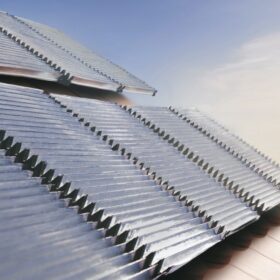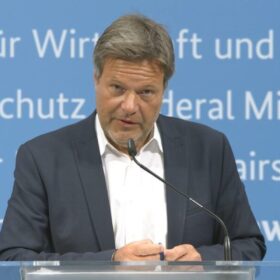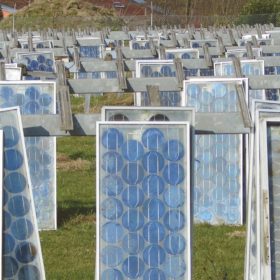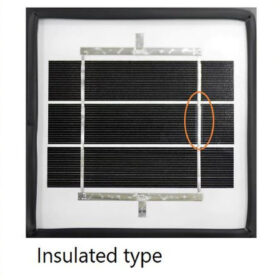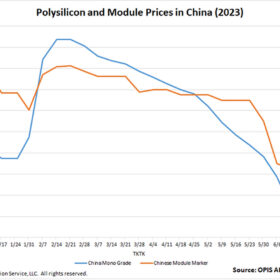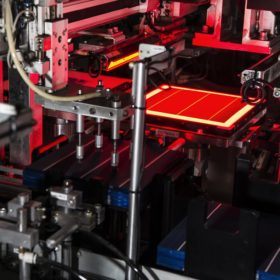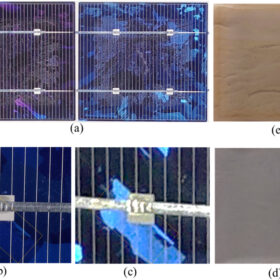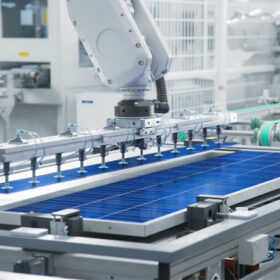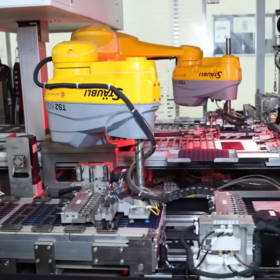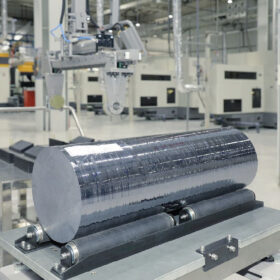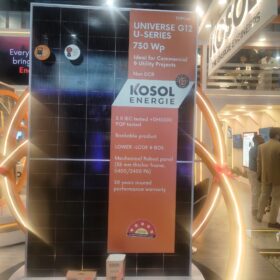Solar-driven photoreactors to generate hydrogen on rooftops
Scientists led by the Karlsruhe Institute of Technology have designed panel-like photoreactors relying on a water-splitting photocatalyst that could produce hydrogen on rooftops or dedicated solar farms. They claim the photoreactors have high economic potential because of their ‘extremely’ low costs.
Germany seeking proposals for 10 GW of solar factories
Solar manufacturers have until Aug. 15 to submit PV factory proposals to the German authorities.
Solar passports to support PV waste management in India
A new study proposes a blockchain-based solar passports framework to address the PV waste management challenge in India. It says such a framework would enable transparent tracking and verification of PV panels throughout their lifecycle, ensuring efficient asset monetization and promoting sustainable practices within the solar industry.
New technique to repair solder interconnection failures in solar panels
Researchers in Japan have developed a repair technique for solar modules with damaged busbars and solder ribbons. They claim the new method can be implemented on site, without removing the panels from the array.
China solar module prices keep diving
In a new weekly update for pv magazine, OPIS, a Dow Jones company, provides a quick look at the main price trends in the global PV industry.
‘Oversupply is a natural challenge to our industry,’ says Trina Solar official
Helena Li, president of Trina Solar’s global cell and module business, spoke to pv magazine at the recent SNEC trade show in Shanghai about the PV industry’s oversupply challenge. Li said the company is considering opening a factory in Europe and expressed optimism about future cost and price declines.
Vikram Solar, Phalanx Impact and Das & Co form JV for ingot-to-module manufacturing in USA
India’s Vikram Solar and New York-based private equity firm Phalanx Impact Partners and investment advisor Das & Co. have formed a joint venture to establish 4 GW of ingot-to-module manufacturing operations in the USA with a planned investment of up to $1.5 billion.
Keep your solar cells dry
Scientists in Norway used various imaging and characterization techniques to analyze the cells and other components of silicon PV modules that had been installed in the field for more than 10 years. The group’s aim was to isolate the role of moisture in various mechanisms that cause performance loss over time, and to understand how these mechanisms progress over long-term installation in real outdoor conditions.
Munich arrest before Intersolar tied to anti-dumping subsidy case, says lawyer
The German police arrested a Chinese citizen at Munich Airport last week, prior to the start of the Intersolar Europe trade fair. Investigators are targeting the detained individual for allegedly evading anti-subsidy and anti-dumping duties imposed on PV products in the European Union prior to September 2018, a lawyer told pv magazine.
AD Green commissions 3 GW solar module factory in Vietnam
The new manufacturing facility is located in Thai Binh and will produce modules mainly for the US market. It currently has a capacity of 500 MW and is expected to reach 3 GW within 12 months
